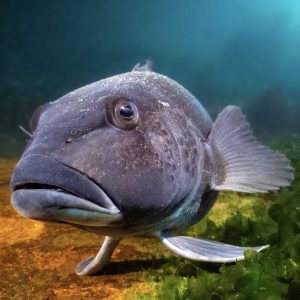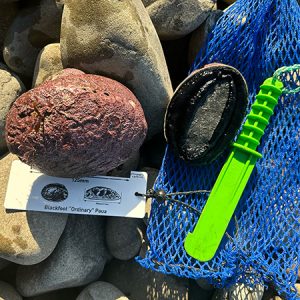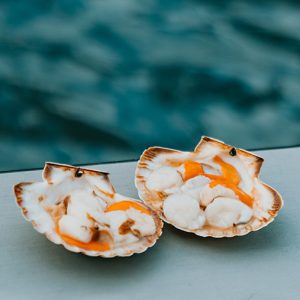“There are none so blind as those who will not see. The most deluded people are those who choose to ignore what they already know”.
This quote from John Heywood (1546) nicely sums up where we are at with crayfish management particularly on the northeast coast of the North Island.
The CRA 2 fishery from Te Arai Point in the north, through the Bay of Plenty to East Cape has collapsed. That is, it is not sufficiently abundant to replenish itself in a reasonable timeframe with current rates of harvest.

This collapse has not occurred overnight. All the warning signs have there but the science has been fudged to allow commercial exploitation to be maintained. Over the years our New Zealand Sport Fishing Council fisheries team has made at least 12 submissions, written letters, and articles, and attended numerous meetings urging a more precautionary approach.
The situation is now so dire that the quickest way to restore abundance is to close this fishery to all extraction until it rebuilds and ecosystem function is restored. However, that solution is yet to be debated. The Minister is due to make a decision on the future management of CRA 2 in time for the new fishing year starting on April 1st.
In our next submission, we will be highlighting that recreational fishers catch rates have collapsed to an all-time low estimate of around 25 tonnes in 2016. Commercial rates have declined despite increasing effort by 55% since 1999, hence the reason why you are seeing more pots around your favourite diving holes and even places that have never been targeted before.
Commercial fishers are now doing more than 560,000 potlifts per annum, that’s a lot of work when you’re only pulling up on average 0.28kg per potlift*. The only factor that makes this effort worthwhile is the export price, with most of the crays being sent to China.
The New Zealand Sport Fishing Council has been a lone voice in calling for a stock rebuild plan. The years of manipulating the figures to show a more productive fishery are over, as is the storytelling.
This comment from the MPI discussion paper is an example of some half-truths about CRA 2, “Habitat availability may be a limiting factor in CRA 2 abundance. There are pockets of productive habitat where rock lobsters are plentiful interspersed with sections of coastline, often sandier and less productive, which support few rock lobsters”. (November 2017).
C’mon MPI, there are prime areas that used to support abundant crayfish stocks between Te Arai and East Cape. We just need to give crays a chance to repopulate those areas.
*MPI Plenary, June 2017.





